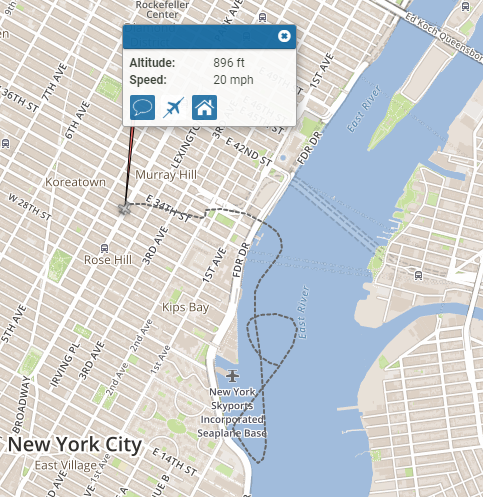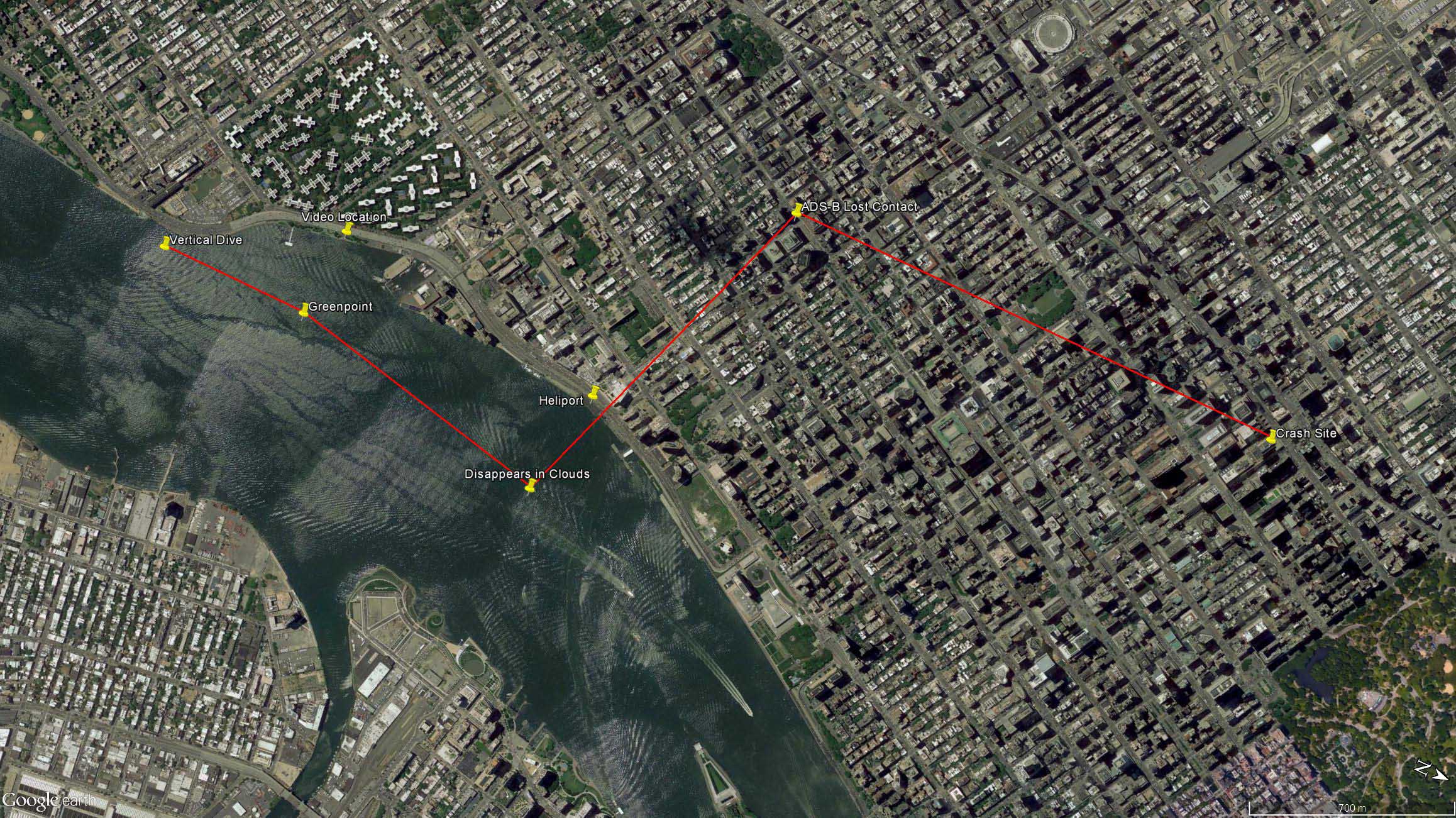Mainly because its different in every case. In this 109 accident, the owner-pax was a rated pilot and owned the entire charter business and not just the aircraft. So he, the owner, knew what the situation was that day. But still tld the guy to fly back. In Kobe's case, he had flown with the 76 pilot for 10 years with no issues... until that day. In the Chris Cline AW139 accident, that aircraft is basically a state-of-the-art IFR platform and capable of most advanced flight modes, yet the pilot flying deactivated most modes during the take-off. The ironic thing was the SIC commented during that erratic climb-out that this is the exact reason that 139 crashed in the UK (killing another billionaire). Then boom. So trying to figure out which "extra step" is needed is very subjective to the operation. There are fixed wing accidents with the same issues its just that most don't fly rich or famous people around like helicopters.
To add to the above post, keep in mind helicopters can perform a lot of 135 flights in VFR or SVFR that fixed wing can only do IFR. However, I think that is going to start changing after the last Navy trainer bid/contract that required IFR capability for a single engine, off-the-shelf helicopter trainer. There are now several new STCs available that are/will work their way into civilian ops. Useful load is still a big issue with these new SE IFR upgrades but from what I've seen it might be close enough to see more IFR capable helicopters with current IR pilots flying them. Maybe. Its still hard to make a buck flying 3 people in a 6 place helicopter with an extra fuel stop.
Definitely different and more expensive (relatively speaking) on all levels. From market to aircraft to equipment to ratings to whatever when you compare it to comparable fixed wing ops. Fortunately there are many charter helicopter flights, to include IFR/2 pilot ops, that happen daily carrying the same level cliental with zero issues. Then one day Stevie Ray Vaughan gets splattered on a hillside in a SE VFR helicopter flown by a pilot who was only IR rated in airplanes.


